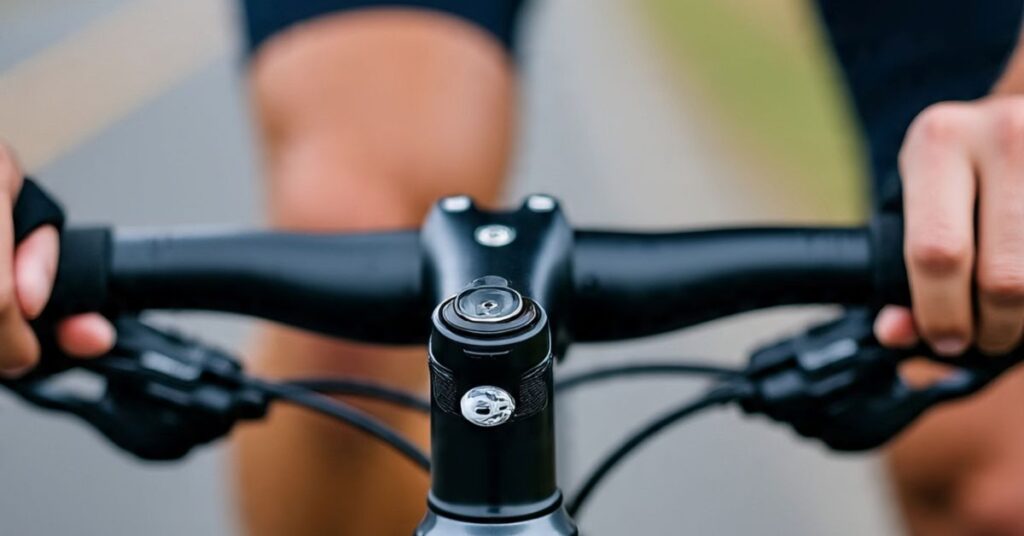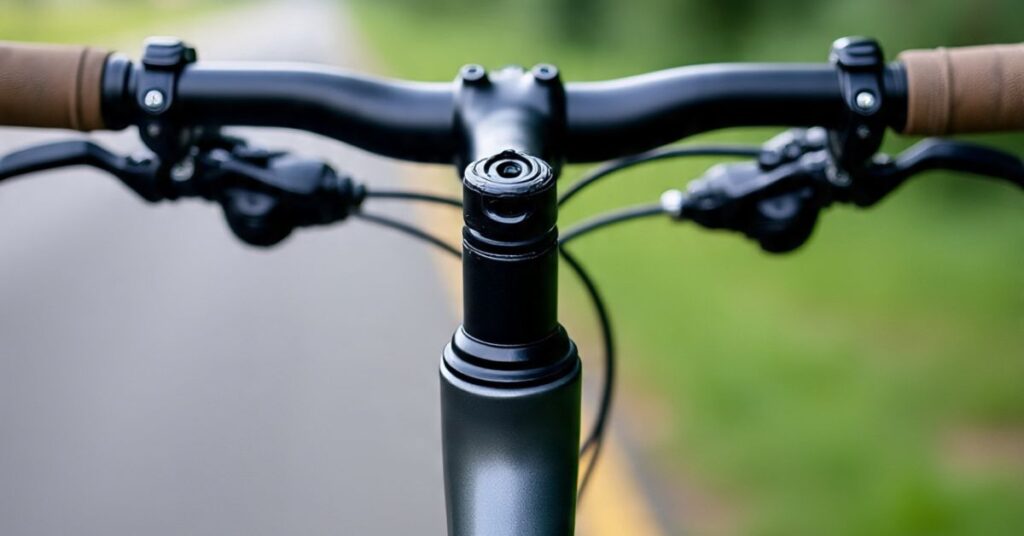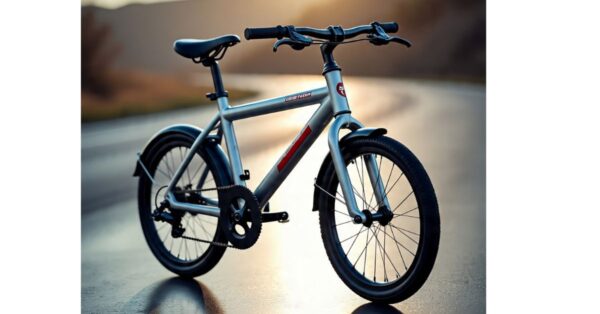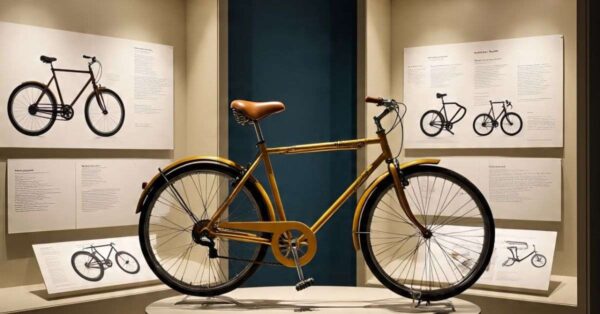If you’ve been riding for a while, you know there’s this unspoken truth: your bike’s comfort isn’t all about the seat or suspension. Sometimes, the small hardware quietly makes the biggest difference—and the stem is one of those underrated heroes.

Now, the Easy Racer Kalloy Hi-Rise Stem isn’t some overhyped “game-changer” slapped with marketing fluff. It’s a piece of equipment that tweaks your riding position in a way your back, shoulders, and wrists will thank you for—especially if you’re not chasing speed records but real-world comfort.
What’s the Big Deal About a Stem Anyway?
Think of a stem as the handshake between your bike’s handlebars and fork. It determines not just how far or high the bars sit, but also how you interact with the whole bike. A high-rise stem? It tilts things upward, giving you a more upright posture.
Why should you care? Well, ever finished a ride with a stiff neck or a tight lower back? That’s often because your stem’s keeping you too low and stretched out. The hi-rise version helps relieve that, trading a bit of aerodynamic aggression for everyday comfort.
The Easy Racer + Kalloy Partnership – Reliable and Rider-Friendly
Easy Racer has long been associated with comfort-focused bikes, particularly recumbents and touring rigs. Pair that with Kalloy’s long-standing reputation for solid aluminum components, and you’ve got a product that isn’t chasing trends—it’s built to serve.
The Kalloy Hi-Rise Stem is usually made from forged aluminum alloy. Translation? It’s strong enough for everyday use, light enough not to feel like a brick, and corrosion-resistant, so it won’t look tired after a season in the rain.
Key Features – What Matters When You Ride
Sure, the spec sheet might look a bit dry, but here’s what it boils down to:
- Rise & Angle: Most Kalloy hi-rise stems offer around 30° of rise. This means your bars sit noticeably higher, reducing forward lean.
- Material: Forged aluminum gives a nice balance of strength and lightness—ideal for commuting, touring, or casual rides.
- Compatibility: Fits standard quill or threadless setups (depends on model). Most common bar diameters are supported, but always check before buying.
- Weight: Light enough not to affect handling but not so featherweight that it feels flimsy.
You don’t need to obsess over grams here—this isn’t a race part, it’s a comfort part.
How It Feels on the Road
Here’s where riders notice the real difference.
- Commuting: That upright posture? Gold for city traffic. You can see over cars, react faster, and not feel hunched.
- Touring: Less strain over hours in the saddle. Your wrists will thank you.
- Recreational Rides: Feels relaxed, almost like a cruiser vibe on a road or hybrid frame.
Yes, you lose some aggressive aero positioning. But unless you’re clocking Strava sprints, the trade-off is more than worth it.
Installing & Adjusting – No Stress, Just Basic Tools

One of the best parts? You don’t need a full bike shop setup.
- Tools: Usually just an Allen key set.
- Steps: Loosen the clamp, adjust height/angle, tighten evenly.
- Tip: Don’t overtighten—aluminum doesn’t need brute force.
If you’re new, take a quick peek at YouTube or Park Tool’s guides. It’s simple, and honestly, kind of satisfying to adjust your cockpit.
Why Not Just Stick with a Standard Stem?
Great question. Low stems look sleeker, keep you more aero, and for some riders, that’s the priority. But for others—especially casual, commuting, or comfort-first riders—the hi-rise changes everything.
Some people even install hi-rise stems just to keep riding an old bike that was too aggressive in stock form. It’s like customizing a suit—fit matters more than the original cut.
Maintenance – The Stem Doesn’t Demand Much
Unlike drivetrains or wheels, stems aren’t high-maintenance parts. But still:
- Check bolts every few months
- Look for cracks, corrosion, or unusual flex
- Replace if damaged or after several years of heavy use
A little care keeps it solid for the long haul.
Who’s This Stem Really For?
If you’re chasing podiums, probably not you. But if you’re the kind of rider who values comfort over raw speed—commuters, casual road riders, touring enthusiasts—this stem is worth considering.
It’s a small swap that changes the feel of your bike dramatically. Sometimes, the easiest upgrades aren’t flashy, but they make you want to ride more.






